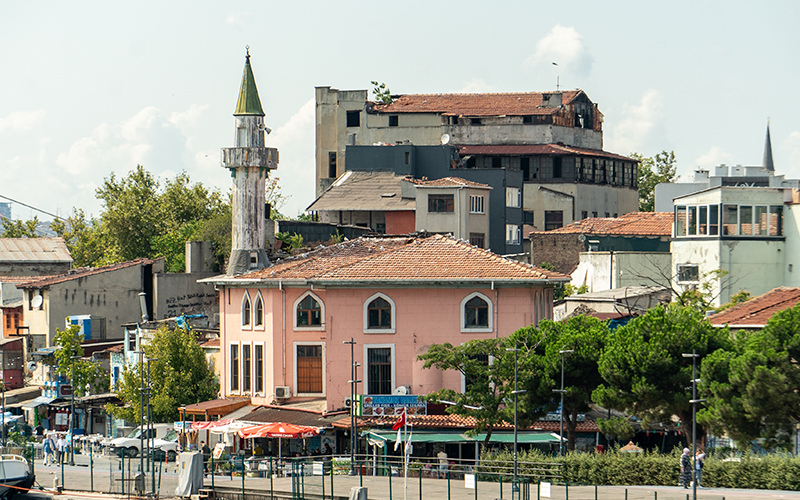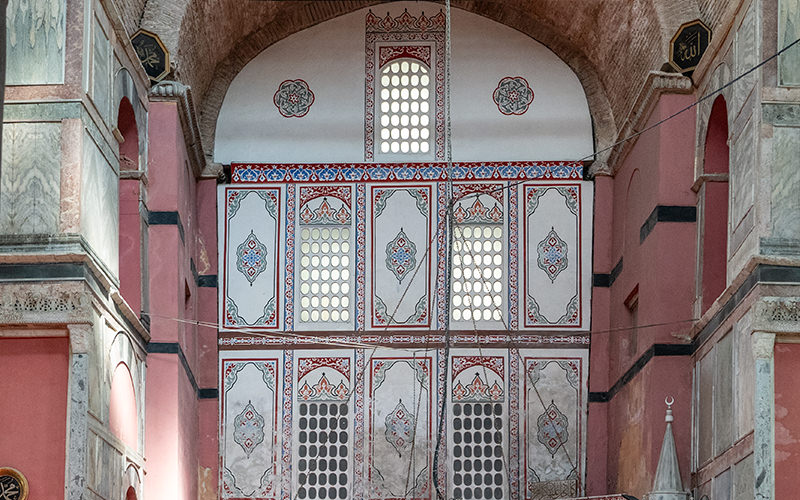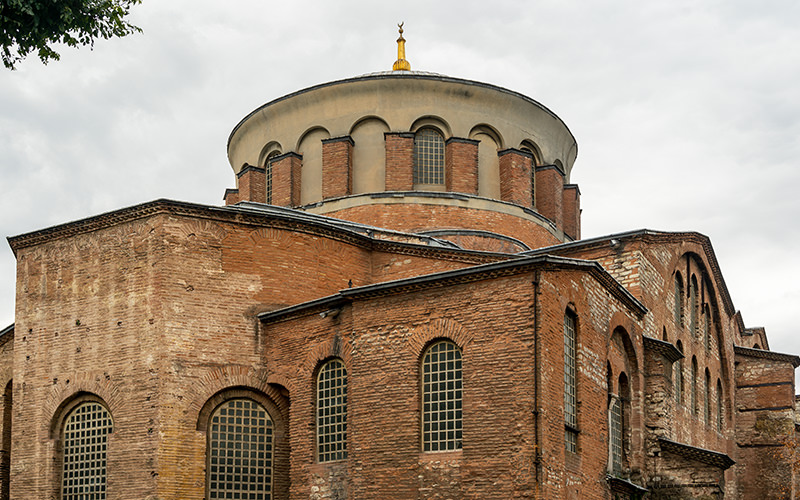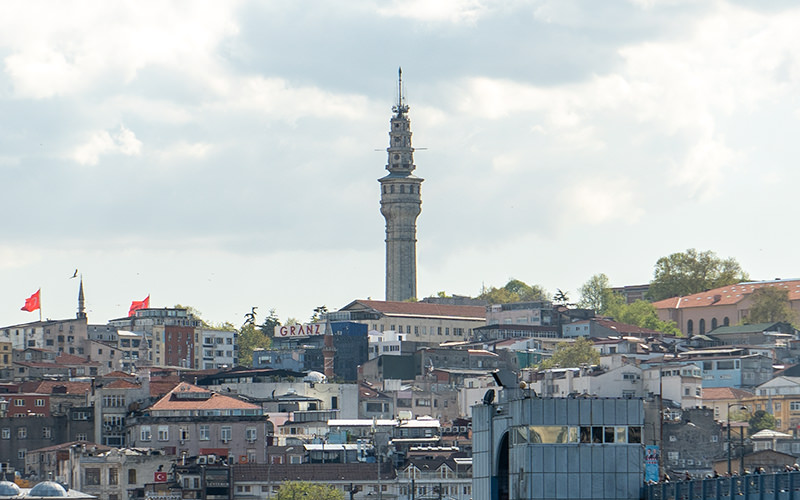During my numerous walks through Istanbul, I visited many mosques. Some of them are vast complexes with underground spaces and viewing platforms, while others are small buildings, often converted from former Byzantine churches.
When asked which mosques in the city are the most interesting for tourists, I always mention Hagia Sophia, the Blue Mosque, and the Suleymaniye Mosque complex. Today, I would like to tell you about the Suleymaniye Mosque.
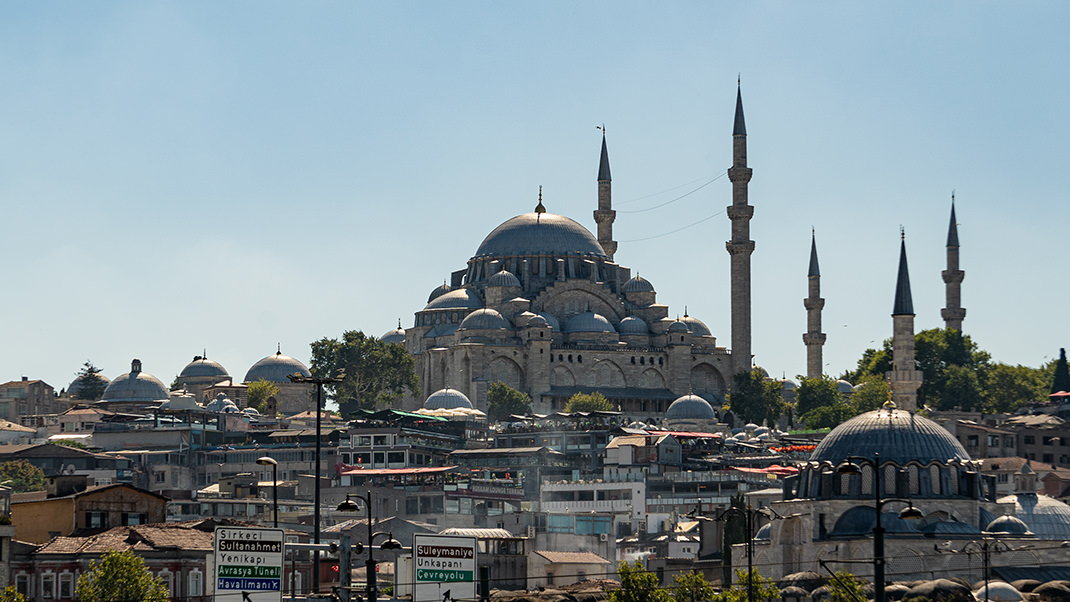
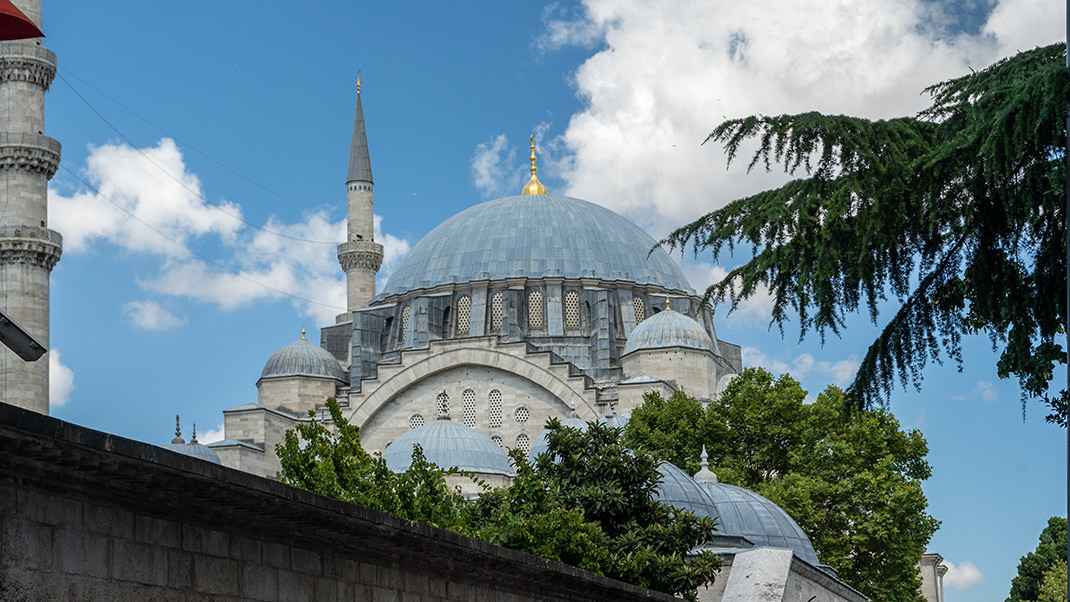
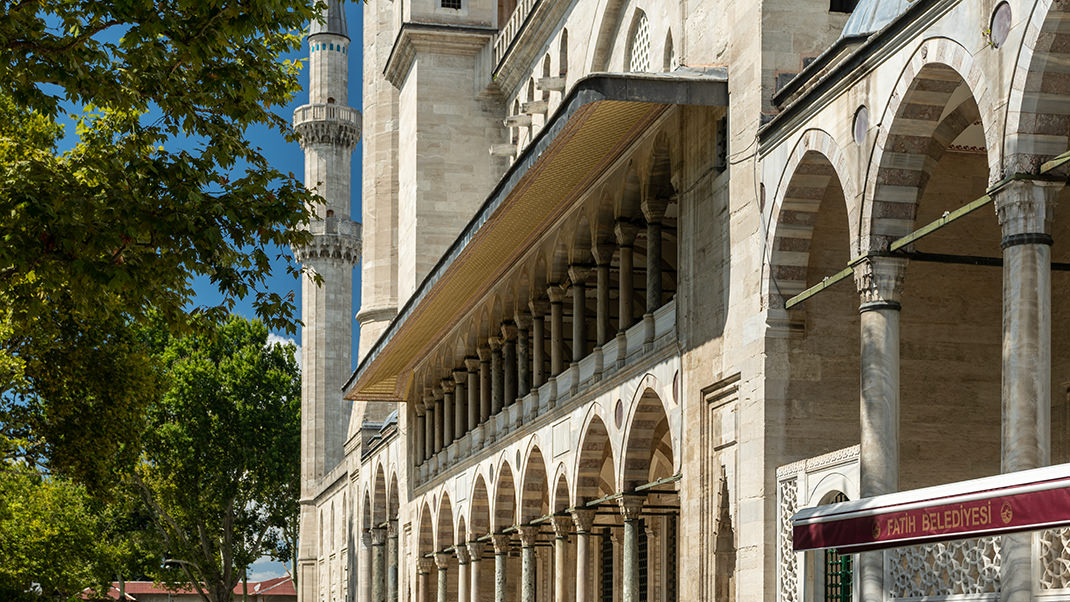
How to get there by metro
The mosque is located in the European part of the city, in the Fatih district. You can reach it on foot from the Vezneciler metro station. Nearby, there are other interesting landmarks such as the Aqueduct of Valens, the former Monastery of the Pantokrator, and the Egyptian Bazaar.
Entry to the mosque is free.
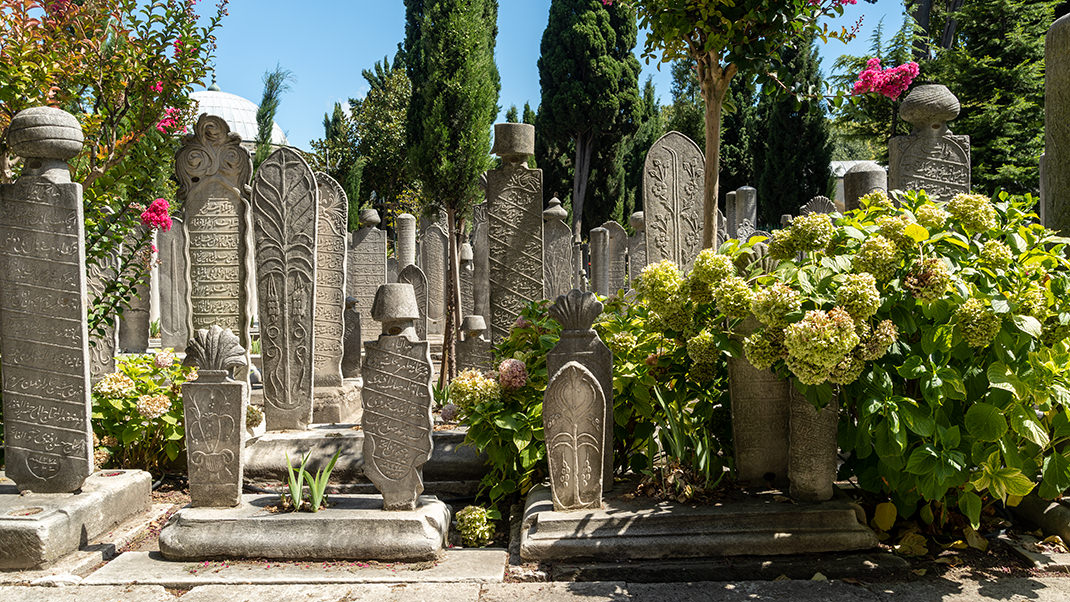
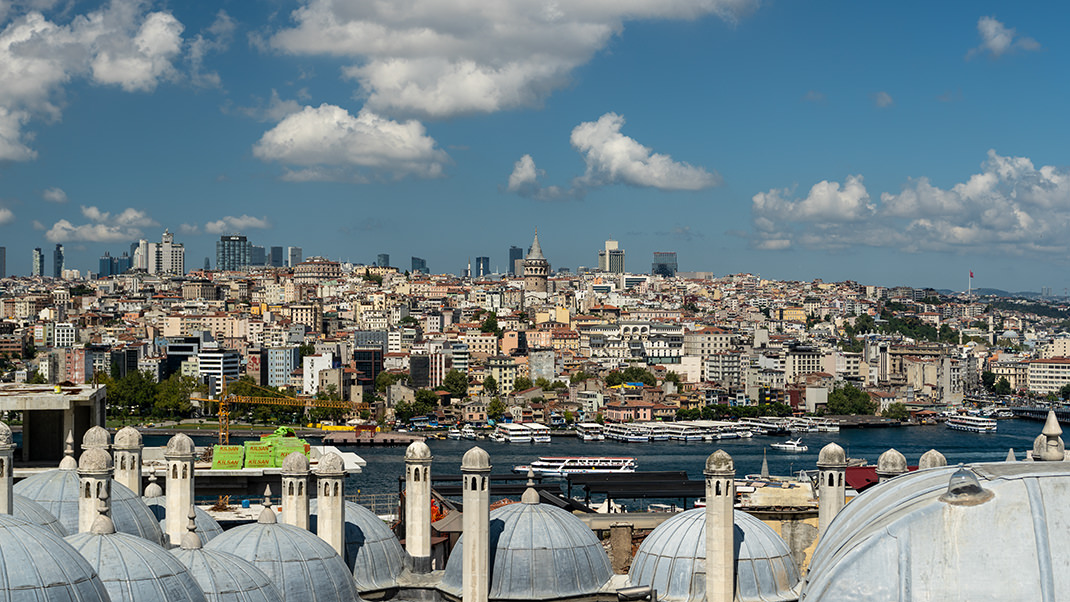
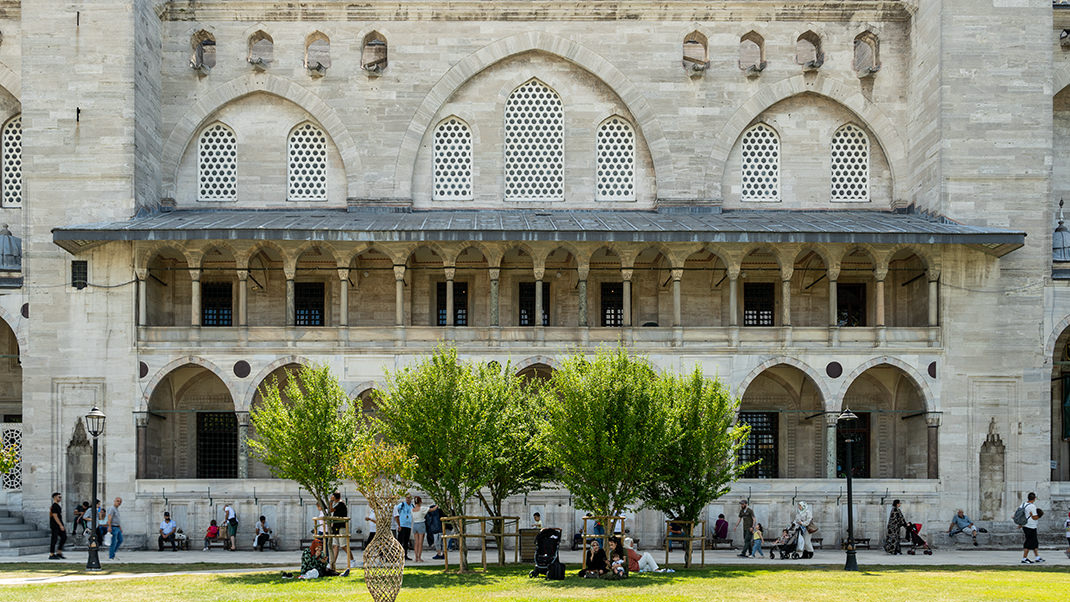
A bit of history
The Suleymaniye Mosque was built by Koca Mimar Sinan, often referred to as the chief architect of the Ottoman Empire. Sinan served as the chief architect for 49 years and is credited with contributing to around three hundred projects, including mosques, madrasas (Muslim religious schools), mausoleums, palaces, baths, aqueducts, and other structures.
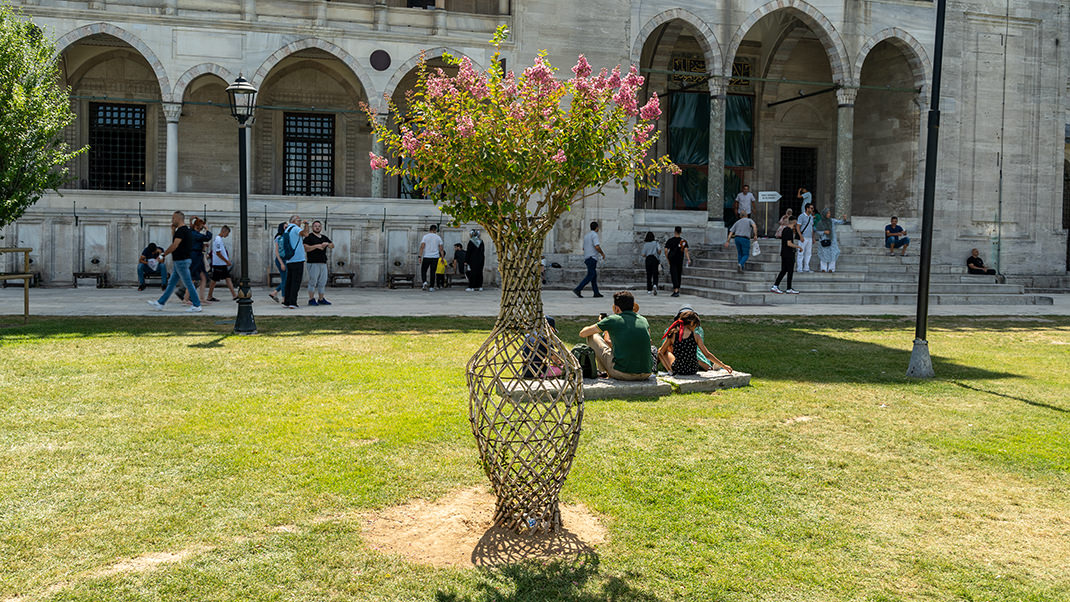
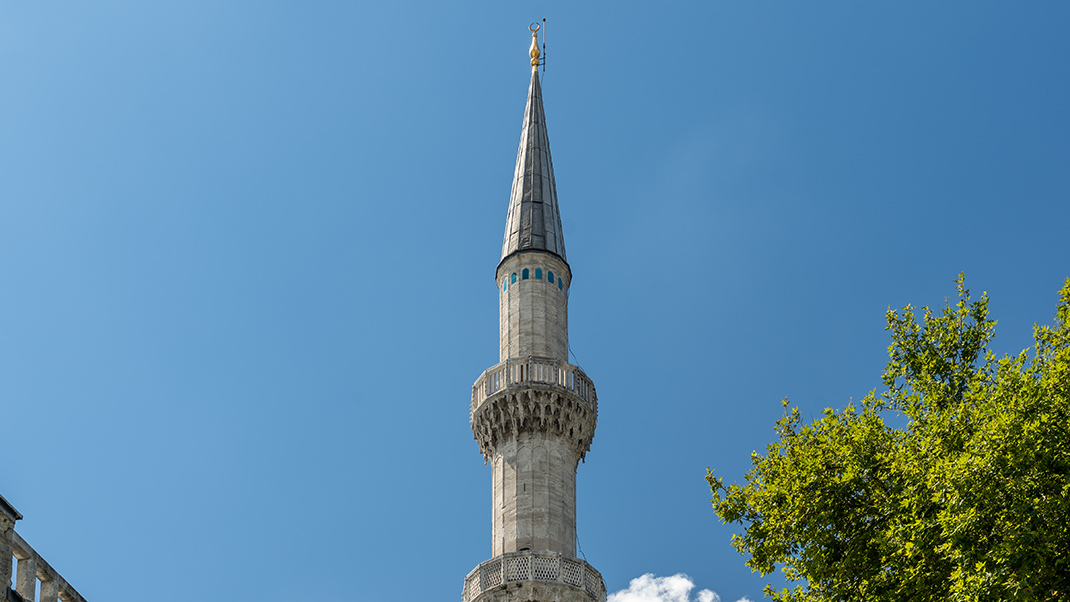
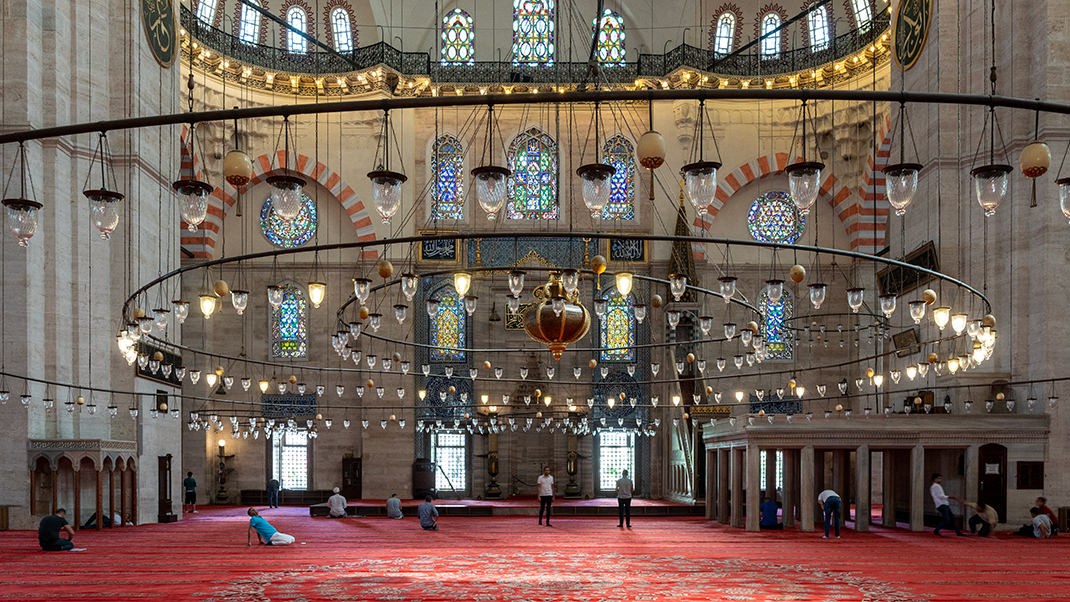
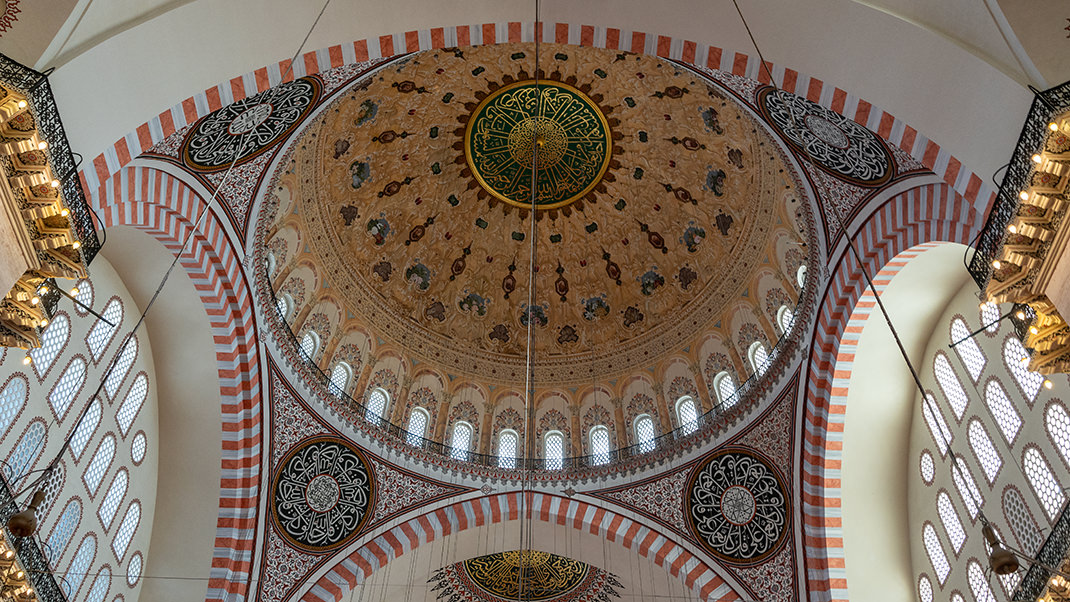
The construction of the mosque took place between 1550 and 1557, with additional work on other buildings within the complex continuing for another year. The grand ensemble was commissioned by Sultan Suleiman the Magnificent, who is considered Sinan's patron.
In a previous blog post, I wrote about the Çamlıca Mosque, the largest in Turkey. Some of its symbolic dimensions relate to Istanbul's area code and the number of nations living in the city. It is believed that similar symbolism was employed by Sinan in the construction of the Suleymaniye Mosque: the four minarets indicate that Sultan Suleiman the Magnificent was the fourth sultan to settle in Istanbul, and the ten balconies on these minarets signify that he was the tenth ruler of the Ottoman Empire.
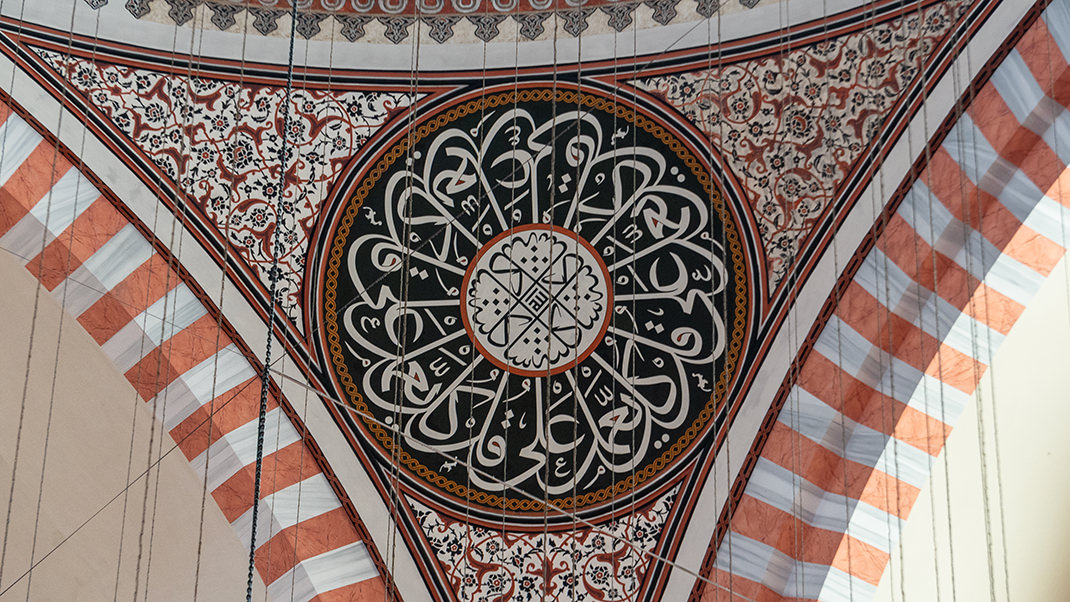
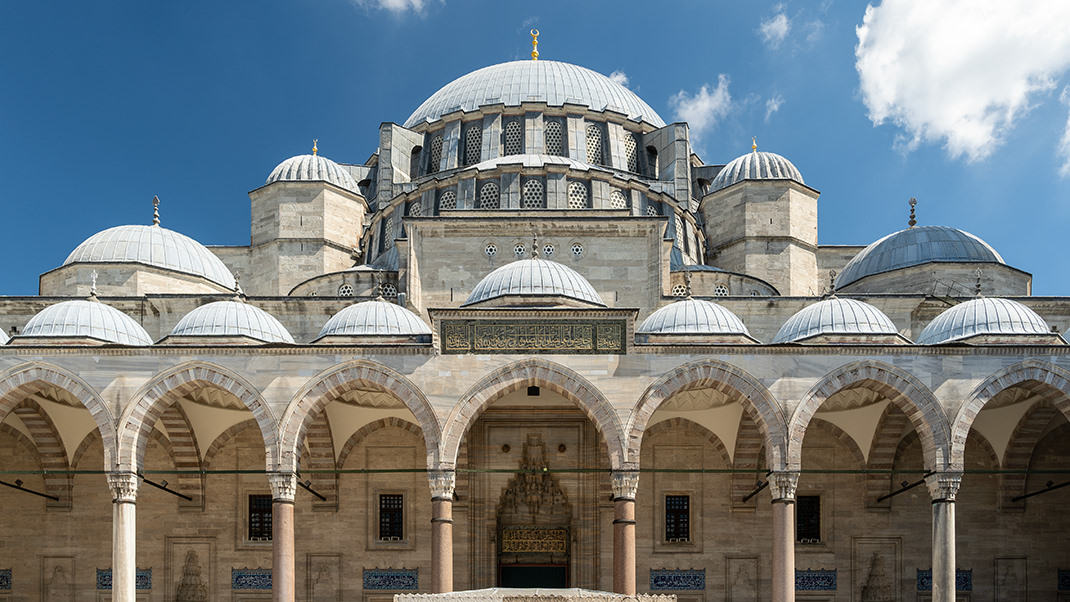
The main hall of the Suleymaniye Mosque is designed in the form of a square, with the diameter of its dome equal to half the height of the space. It is said that during the construction, four ancient columns were used, brought from Egypt, Ephesus, and the surrounding areas of Istanbul.
The widespread interest in the Suleymaniye Mosque is likely due to its connection to the famous TV series 'The Magnificent Century.' According to information from one television network, in the series, Sultan Suleiman, during whose reign the events take place, once brought his wife Hurrem here and told her that the mosque was his heart. The romantic character confessed that she dreamed of being buried in his heart. The actual burial places of both are indeed within the complex.
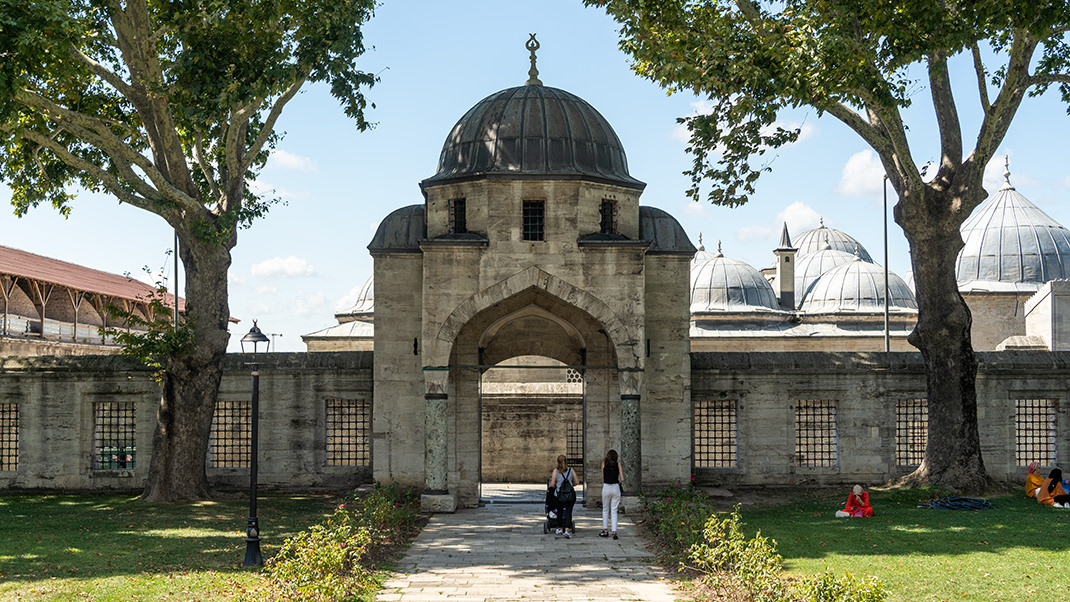
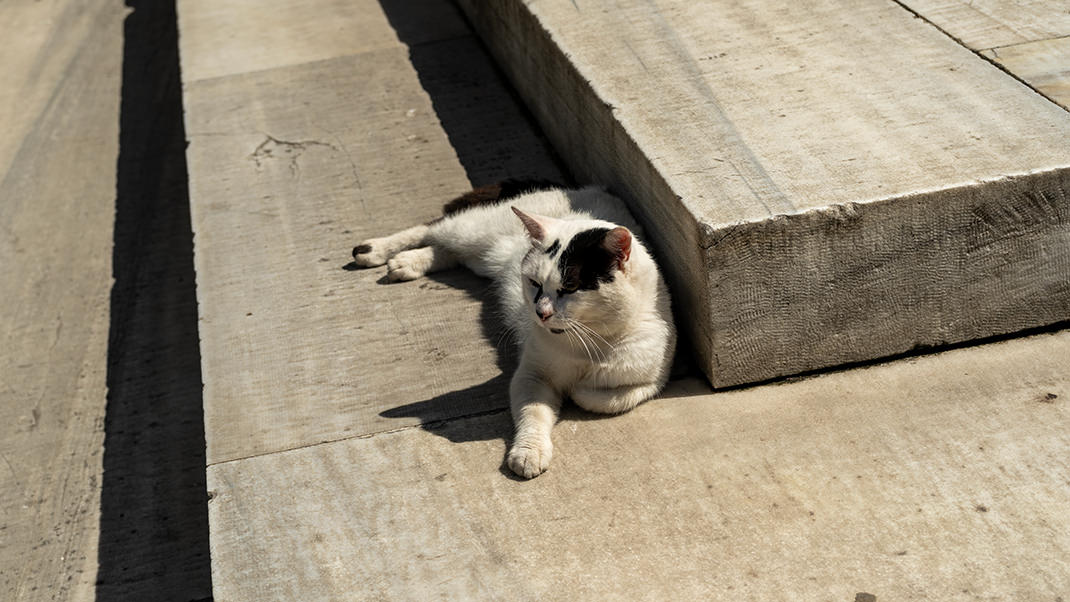
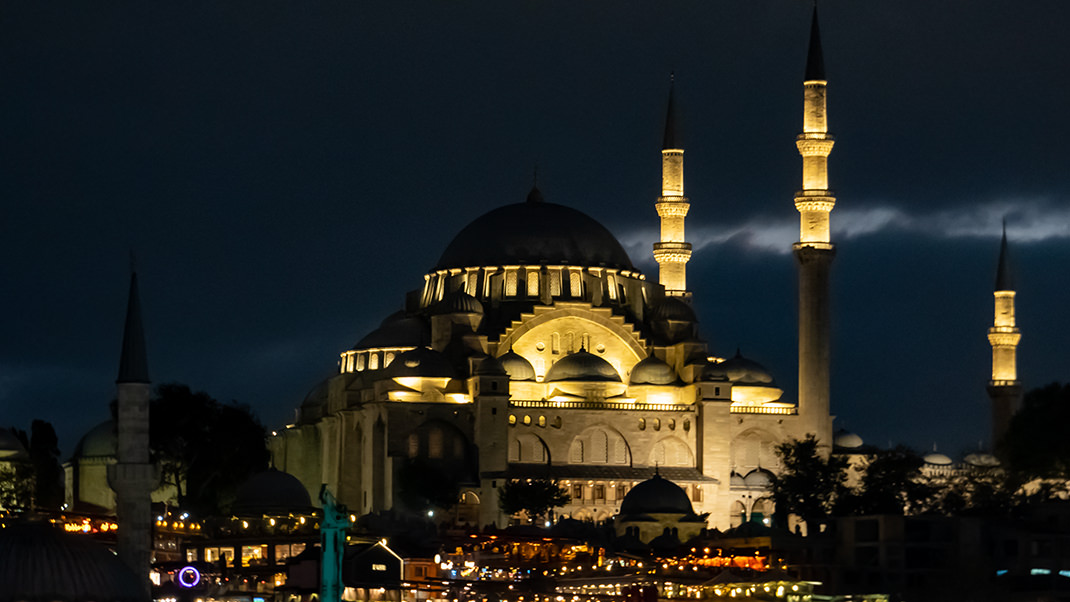
I have quite a few photos from this walk, so I will continue the story in my next article, focusing on the tombs of Sultan Suleiman, his wife Hurrem Sultan, and the architect Sinan.
Have a nice trip!


